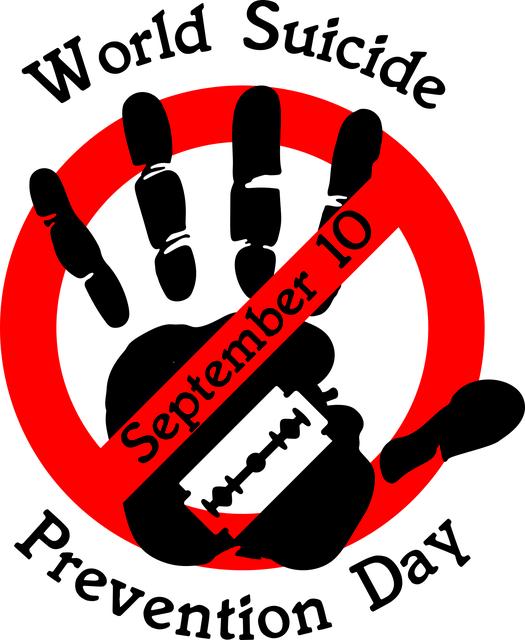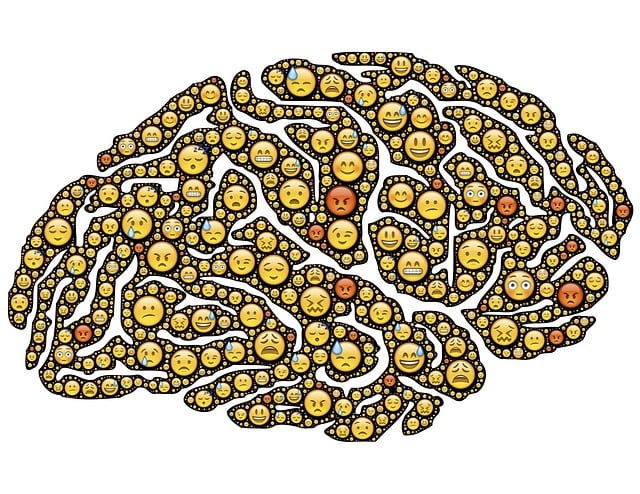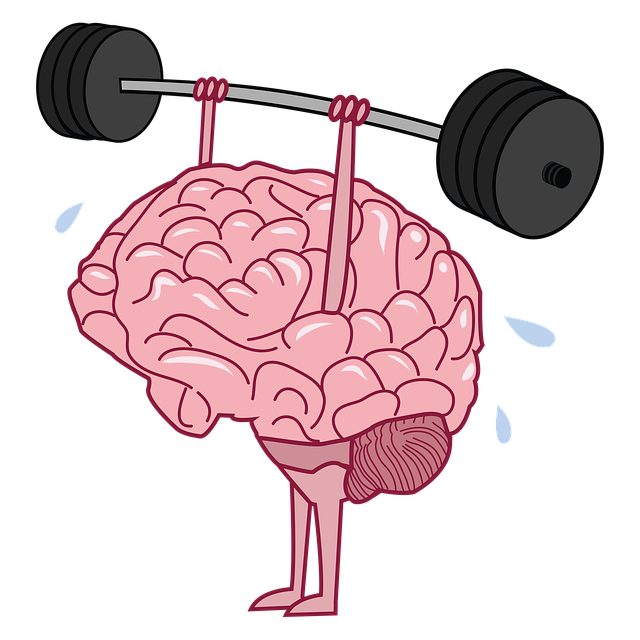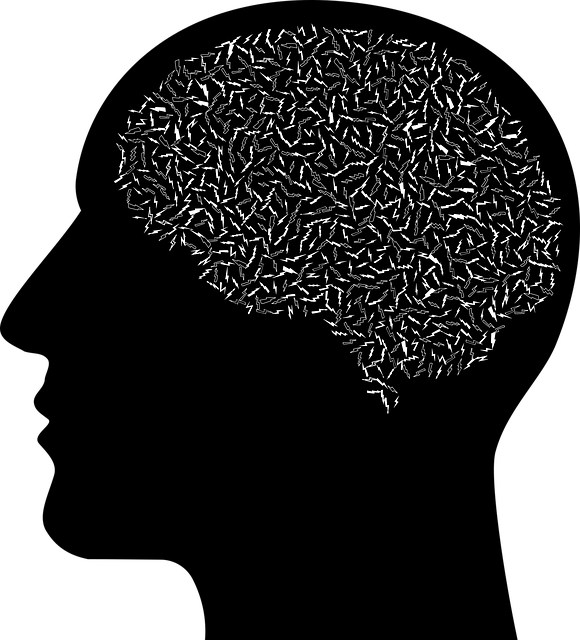Public awareness campaigns, leveraging diverse media, play a vital role in improving mental health outcomes by educating, dispelling myths, and promoting early intervention. Tailoring these campaigns to specific demographics and incorporating holistic wellness approaches increases engagement. Centennial Independent Medical Evaluations Therapy (CIMET) offers unbiased assessments and personalized treatment options, enhancing campaign effectiveness. Success is measured through multifaceted evaluation methods, including behavioral changes, data collection, and qualitative feedback, ensuring CIMET campaigns align with community needs and foster an inclusive mental health ecosystem.
Public awareness campaigns play a vital role in educating communities and promoting positive change. This article explores the art of crafting impactful initiatives, focusing on strategies to engage diverse audiences. We delve into the importance of education and communication as cornerstones for successful public health endeavors. Furthermore, we analyze the effectiveness of Centennial Independent Medical Evaluations Therapy campaigns, providing insights into how such initiatives can be measured and optimized. Understanding these key elements is essential to creating meaningful, long-lasting change in society.
- Understanding Public Awareness Campaigns: The Role of Education and Communication
- Strategies for Effective Campaign Development: Engaging Target Audiences
- Measuring Impact: Evaluating the Success of Centennial Independent Medical Evaluations Therapy Campaigns
Understanding Public Awareness Campaigns: The Role of Education and Communication

Public awareness campaigns play a pivotal role in shaping societal understanding and behaviour, especially when it comes to sensitive issues like mental health. These campaigns serve as a powerful tool to educate and communicate critical messages, fostering a culture of care and support. Through various mediums such as social media, workshops, and community events, they can reach a broad audience, dispel myths, and promote early intervention. For instance, initiatives focused on burnout prevention or crisis intervention guidance can empower individuals to recognize signs and seek appropriate therapy, ensuring timely access to essential services like Centennial Independent Medical Evaluations.
By integrating educational components into these campaigns, the public gains insights into various aspects of mental health awareness. This includes understanding common risk factors, the importance of self-care, and available support systems. Such initiatives can significantly impact community well-being, encouraging open conversations around mental health challenges and reducing stigma. Moreover, they contribute to building resilience and fostering environments where individuals feel comfortable seeking help when needed, ultimately leading to better outcomes for those facing issues related to therapy and overall psychological wellness.
Strategies for Effective Campaign Development: Engaging Target Audiences

Public awareness campaigns that effectively engage target audiences rely on a deep understanding of their needs and preferences. For instance, when addressing mental health issues like depression prevention, incorporating strategies such as mindfulness meditation can resonate well with younger demographics who increasingly seek holistic approaches to wellness. Similarly, conflict resolution techniques might appeal to communities facing social tensions, fostering a sense of belonging and understanding.
Centennial Independent Medical Evaluations Therapy can play a pivotal role in these campaigns by providing unbiased assessments and treatment options. By tailoring messaging to specific groups, such as offering tailored sessions for students on stress management or workshops for at-risk communities on conflict de-escalation, campaign organizers can foster higher levels of engagement. This personalized approach not only enhances the effectiveness of the campaign but also strengthens its impact, ultimately contributing to a healthier and more resilient society.
Measuring Impact: Evaluating the Success of Centennial Independent Medical Evaluations Therapy Campaigns

Evaluating the success of Centennial Independent Medical Evaluations Therapy (CIMET) campaigns is a multifaceted process that goes beyond mere participation rates. While engagement is crucial, it’s equally important to measure the Mental Health Policy Analysis and Advocacy impact on individual lives and broader communities. This involves tracking behavioral changes related to mental health awareness and seeking services among targeted populations. By employing robust data collection methods, researchers can assess how CIMET campaigns influence risk management planning for mental health professionals, ultimately leading to improved service delivery.
Beyond quantitative metrics, qualitative feedback from participants, healthcare providers, and community stakeholders provides valuable insights into the campaign’s reach and resonance. This holistic approach ensures that Mental Health Awareness initiatives are not only effective but also aligned with the evolving needs of communities they serve, fostering a more inclusive and supportive mental health ecosystem.
Public awareness campaigns play a pivotal role in educating communities and driving positive change. By understanding the target audience and employing strategic communication methods, as highlighted by Centennial Independent Medical Evaluations Therapy, organizations can create impactful initiatives. Measuring success through evaluation ensures these campaigns meet their objectives and have a lasting effect on society. This holistic approach to public engagement is key to fostering informed communities and achieving meaningful results.













